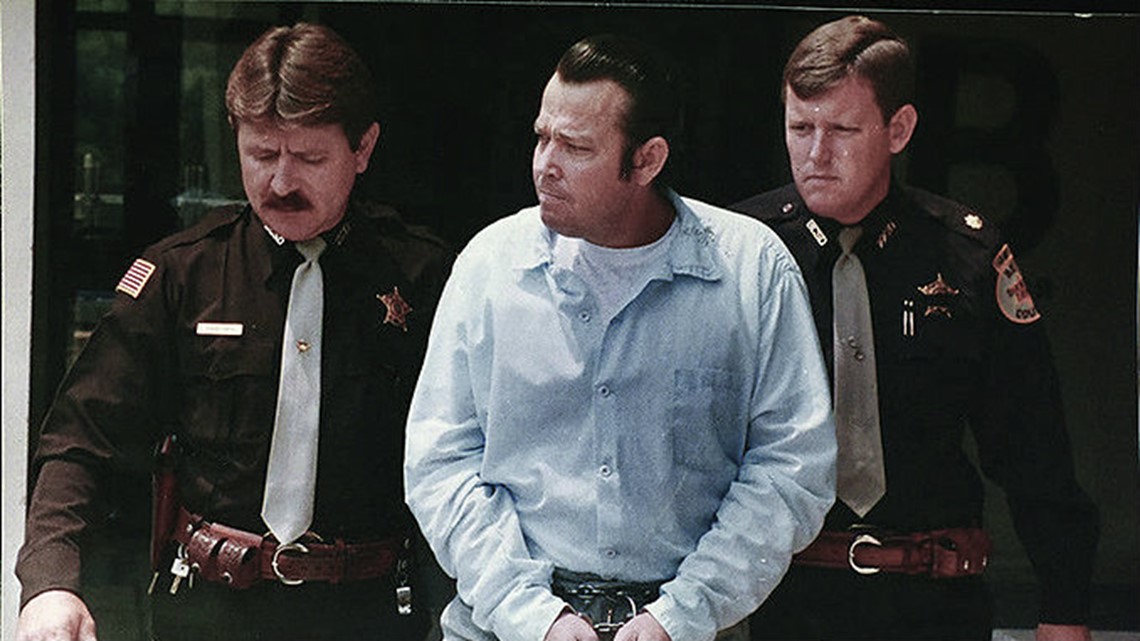PORTLAND, Ore. — Portland police on Thursday announced they’ve identified the man who sexually assaulted and murdered a 20-year-old woman in 1979. Investigators used DNA evidence to solve the cold case.
Anna Marie Hlavka was found dead in her Northwest Portland apartment on July 24, 1979.
Her suspected rapist and killer, Jerry Walter McFadden, was executed in Texas in 1999 for raping and murdering an 18-year-old high school cheerleader.


According to police, Hlavka had just returned home from working at McDonald’s when she was sexually assaulted and strangled with the electric cord from her clock radio.
Hlavka’s sister, whom she shared an apartment with, discovered the body.
Investigators said the case went cold after detectives followed up on numerous leads and cleared multiple suspects.
In 1999, retired detective volunteers submitted evidence from the killing to the Oregon State Police Crime Lab. That led to a breakthrough in the case in 2011, when police said an unknown man’s DNA profile was discovered in the evidence. Investigators said the man’s profile was a “full profile,” which was unusual because DNA evidence can degrade over time.
The Portland police Cold Case Homicide Detail began investigating the case in 2012 and over the next four years submitted DNA profiles from eight people in an attempt to identify the killer, but all of them came back negative, police said.
In 2018, the detectives began using forensic genealogy, which was notably used in the arrest of the “Golden State Killer” in California in 2018. They submitted DNA evidence from the case to Parabon NanoLabs for analysis.
A forensic genealogist mapped three of the four familial lines of the killer and identified the killer as McFadden.
Because McFadden was executed in 1999, his DNA profile was never submitted to the FBI Combined DNA Index Systems, according to investigators.
Detectives met with McFadden’s family in Texas and learned that he traveled to the Northwest in 1979. Family members told detectives that an acquaintance dropped McFadden off in Portland and had no further contact with him.
Family members submitted DNA to detectives, who sent it to the OSP Crime Lab. The DNA confirmed McFadden was the killer.
'The biggest manhunt in Texas history'
McFadden had a lengthy criminal record in Texas. He was sentenced to 15 years in prison in 1973 for two counts of rape, but he was paroled in December of 1978, eight months before Hlavka's murder.
In 1979, McFadden was convicted of aggravated sexual abuse for kidnapping and raping an 18-year-old woman at knifepoint. He was paroled in July of 1985.
He was arrested again in May of 1986 for the rape and murder of an 18-year-old high school cheerleader, and the shooting of two other people, according to police.
While awaiting his trial, McFadden escaped from jail and kidnapped a female corrections officer. He held the woman hostage for three days while eluding law enforcement in Texas, police said.
The search for McFadden was deemed “the biggest manhunt in Texas history” with 1,200 officers involved.
According to authorities, McFadden’s crimes were the reasoning behind changing parole qualifications in Texas.

